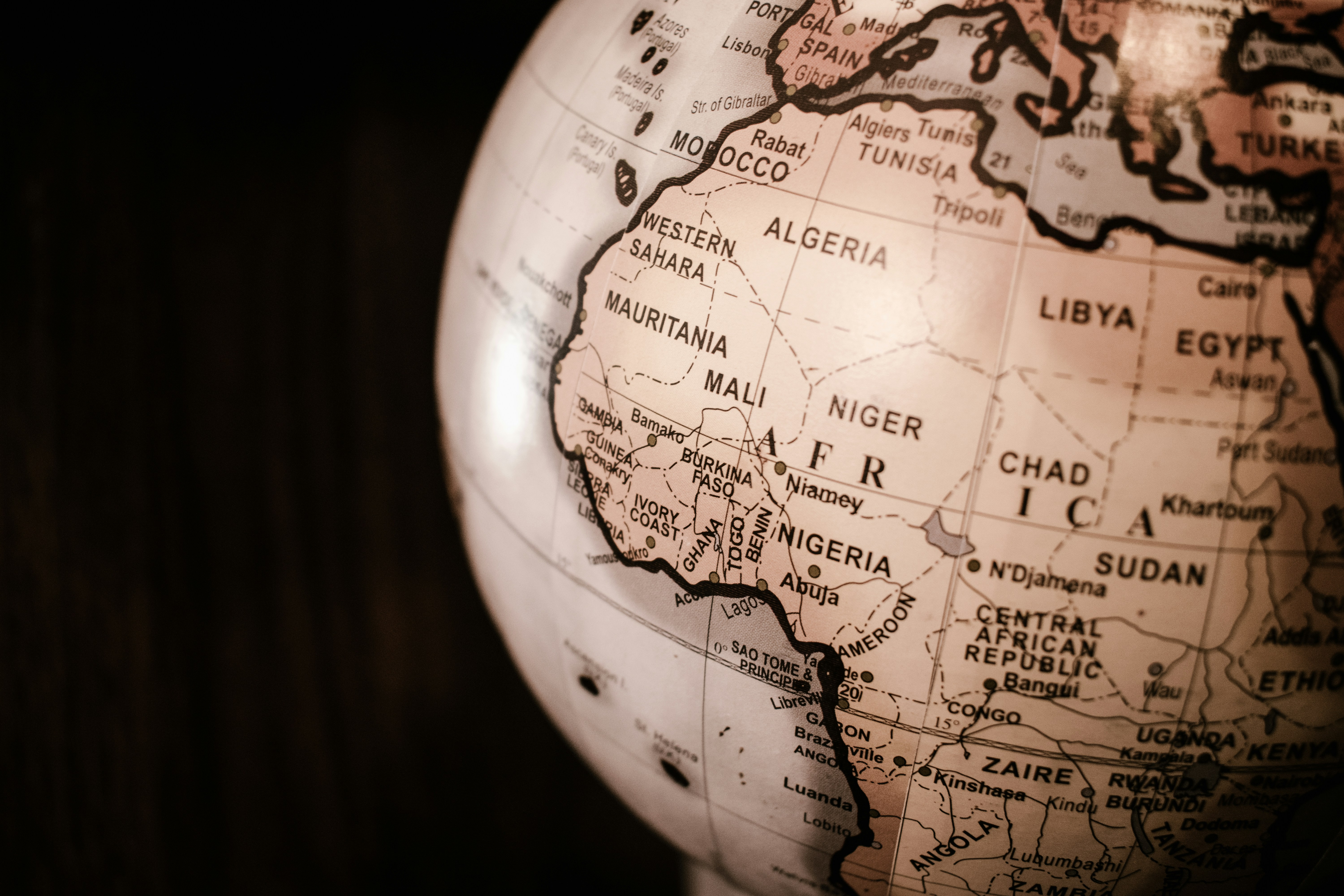Growing up in the hinterland of Kisii, Southern Kenya, was intriguing. The region is predominantly occupied by an African Tribe known as the Gusii people.
Children born here are largely brought up in the indigenous culture, where male and female roles are clearly defined.
This is the context into which I was born and brought up in the mid-1990s.
As an innocent and naive young girl, I could be required to perform roles of grown women, including fetching firewood and water, and other household chores, such as cleaning the house, washing utensils and scrubbing clothes. I took care of my younger siblings while my two brothers looked after livestock.
On weekdays, I could wake up in the morning with my siblings, prepare and leave for school. In the evening we could be confronted with firm instructions from our mother on what to do for the remainder of the day.
As girls, it was incumbent upon us to rush to the local stream to draw water, fetch wood fuel and wash our school uniforms. My two brothers went for nippier grass for the cattle before dusk.
Things changed when the streams began to dry up.
Fetching water became an exercise in queuing, sometimes for hours, waiting for our turn to access the precious commodity.
Sometimes we could be held up at the spring up until darkness engulfed us.
Unexpected change
Why did the streams dry up? The old, predictable weather patterns were no longer reliable and sometimes we could experience unexpected heavy rainfall, or sudden high temperatures and prolonged drought.

10 years of rainfall data for the Kisii region shows highly erratic monthly patterns outside of April & May. Darker colours represent more rain (Climate Observer)
Listening to the evening news from our small transistor radio, we could sympathise with weather changes that had befallen residents of certain parts of the country.
The disturbing news included reports of flash floods in Tana River, Kisumu, Busia, Homa Bay and West Pokot.
Sometimes the news was about a deadly drought in the northern parts of Kenya.
Climate effects
Currently, millions of girls and women in Africa are experiencing lack of access to clean water and energy. This inhibits them from performing crucial chores for their families; equally the sustainability aspect for their families becomes elusive. Access to quality data about the climate in Africa is hard to come by, but is vital to contextualise their story.
Food and Agriculture Organization (FAO) indicates millions of people in the Horn of Africa faced food insecurity and the number of undernourished people increased by 45.6% since 2012.
The Kenya Drought Flash Appeal indicates the prolonged drought in the northern part of Kenya has left 4.2 million people in need of humanitarian assistance while 4.1 million people are experiencing high acute food insecurity.
The Paris Agreement, signed by 196 countries in 2015, is a promise to limit the global average temperature increase to 1.5 degrees Celcius by 2030 (versus pre-industrial levels). However, using data from Berkeley Earth, the Africa Data Hub African Climate Observer shows that temperatures in Kenya’s capital, Nairobi, are already often more than 1.5 degrees warmer than they were in the 30 year period from 1950-1980, and regularly hit more than 2 degrees hotter than that baseline already.

Visualising warming: In Nairobi, only two months in the last 10 years have been cooler than the 1950-1980 average temperatures (Climate Observer)
According to the World Meteoritical Organization (WMO), the average precipitation in Africa increased by approximately 10% since 1970. This is higher compared to the global average which is around 5%.
African countries have been hit the hardest with climate change effects threatening lives and livelihoods of millions of residents despite contributing less than 4% to global emissions. The streams were already drying up when I was a girl, the future for women in the villages now looks harder than ever.
Photo: CC Osoro Osindi


-p-1080.jpg)


%20(4).png)
.png)

